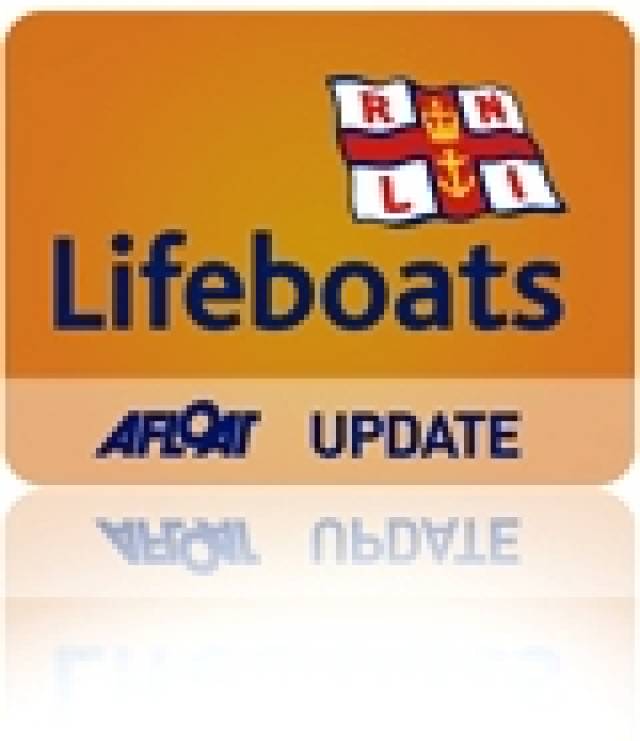#RNLI - Lifeboats in Northern Ireland launched 255 times to a variety of call-outs in 2012 in a year that saw the institution's lifeboats and lifeguards answer 413 calls for help.
RNLI search and rescue operations saw 236 people brought safely to shore throughout the year by the nine volunteer lifeboat crews located across the region.
The annual statistics released by the charity today (22 January) show that of the figures, 111 services took place in darkness while crews collectively spent 2,193 service hours at sea.
Bangor was the busiest lifeboat station in Northern Ireland last year, launching to 53 requests for help with the crew rescuing 53 people off the Co Down coast.
Enniskillen, which operates two bases on Upper and Lower Lough Erne in Co Fermanagh and which is the North’s only inland RNLI station, launched 46 times and brought 50 people to safety.
Meanwhile, Portrush RNLI in Co Antrim launched 33 times and rescued 33 people.
It was also a busy year for the 10 RNLI lifeguard units located on beaches in Co Down and along the Causeway Coast, where lifeguards responded to 158 incidents and assisted 176 people who found themselves in difficulty.
The Causeway Coast, where there are seven units located, was the busiest area, with Portrush East lifeguards responding to 31 incidents and assisting 35 people. The Benone unit attended 30 incidents and assisted 30 people while the Portrush West unit responded to 25 incidents and assisted 32 people.
Overall in Ireland, RNLI lifeboats launched 939 times with the volunteer crews across the 44 stations rescuing 1,041 people. Dun Laoghaire was the busiest lifeboat station in the Republic in 2012, responding to 46 call-outs throughout the year and rescuing 76 people.
Commenting on the 2012 statistics for Northern Ireland, RNLI operations manager Martyn Smith said: "The RNLI lifeguard service has expanded to 10 beaches in Northern Ireland and with the support of the local authorities they have an active and welcome presence on many beaches.
"They do not just saves lives and assist those in trouble in the sea, but also provide information, advice and first aid when needed, ensuring many potential incidents are prevented.
"I would like to say a huge thank-you to all those who support the RNLI, a charity dependent on the generosity of the public, whether by giving up their time or by making a donation."































































